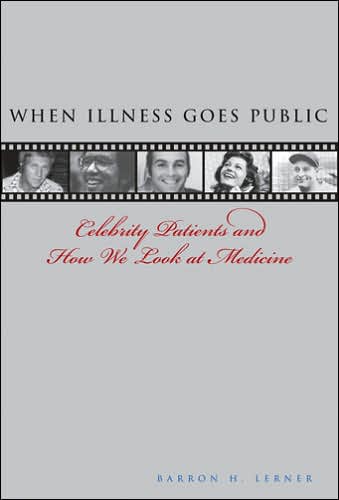The Baseball Player Who Used His Celebrity to Bring Mental Illness Out into the Open Royals and the Reich' Reveals Fateful History of Nazi Princes
In 1952, a major league baseball player did calisthenics and hula dances in the outfield and mocked pitchers when he got on base. When the team sent him to the minors, he climbed into the stands to lead cheers for himself, ran around wearing only an athletic supporter and sprayed home plate with a water pistol when an umpire called him out.
The player was Jimmy Piersall. His book, entitled “Fear Strikes Out,” helped to expose the realities of mental illness, a condition that had previously been a source of whispers and embarrassment. Interestingly, it was in Chicago that Piersall, then a member of the Boston Red Sox, first went public.
Born in Connecticut in 1929, Piersall excelled in baseball, football and basketball in high school. But his problems had already begun. He was incredibly high-strung and suffered from headaches.
The Red Sox took note of the high school phenom and signed him to a minor league contract in 1948. By 1952, his solid hitting and acrobatic play in the outfield made him a prime candidate for the major leagues.
However, the Red Sox originally chose to play Piersall at shortshop, something that upset him. As the season progressed, he acted more and more bizarrely.
Today, such behavior would probably quickly be diagnosed as pathological. But at the time, mental illness was very much in the closet. Families quietly sent sick relatives to large institutions where conditions were often terrible.
Finally, in July 1952, Piersall agreed to go to a private sanitarium. From there he was sent to Westborough State Hospital in Massachusetts.
After he was discharged as “recovered” two months later, Piersall pieced together what had happened. He had been diagnosed as having manic depression, now known as bipolar disorder, in which periods of excitability and high energy alternate with profound sadness. He had received both psychotherapy and electro-shock treatment, the latter of which had caused memory loss.
The Red Sox and their fans waited anxiously to see whether Piersall would play baseball again. And he did, rejoining the team as an outfielder in 1953.
Journalists covered Piersall’s story cautiously, pursuing few details. But in 1954, a Chicago man named Don Slovin, who ran a group called “Fight Against Fears,” convinced Piersall to tell his story on a local television show hosted by newspaper columnist Irv Kupcinet.
The response was dramatic. Piersall received letters from hundreds of Chicago residents with mental illness, one of whom thanked him for being “a source of inspiration to anyone who has gone through an experience similar to yours.”
This episode led to a two-part series in the Saturday Evening Post, entitled “They Called Me Crazy—And I Was!” and the subsequent publication of “Fear Strikes Out” in 1955, both of which brought Piersall’s story to the broad public. In these writings, coauthored with sportswriter Al Hirshberg, Piersall was quite frank, even discussing his shock therapy, which was commonly seen as barbaric.
With the release of a movie version of “Fear Strikes Out” in 1957, Piersall’s story achieved even more attention. Critics liked the film, admiring it for its honest portrayal of mental illness as a real disease that deserved treatment. Piersall also approved, although he chided Anthony Perkins, the actor who played him, for “throwing like a girl.”
Piersall did well until 1959, when he was traded to the Cleveland Indians. Unhappy with his new manager, he began to behave as he had in 1952, fighting with umpires and spraying bug repellant in the outfield.
Piersall insisted that his illness was not relapsing. The fans, who loved his antics during slow games, largely agreed. Perhaps his teammate Vic Power summarized the situation best. “He said he wasn’t crazy anymore,” Power said, “but he still was sick.”
After his retirement in 1967, Piersall became active in the Chicago baseball scene, hosting a sports talk show and broadcasting White Sox games on radio. Despite taking lithium, a pill that effectively treats manic depression, he continued to have emotional outbursts and fights with colleagues.
Ironically, over time, Piersall, who is now 77, has increasingly obscured aspects of his disease and treatment. For example, he has analogized mental illness to breaking a limb, an easily fixable medical problem. And he has stressed the role of self-help in curing psychological distress: “You can cure it, or you can lick it, if you want to.” Given the chronic, waxing and waning nature of most mental illnesses, these statements are misleading. And Piersall has developed a dim view of mental health professionals. Psychologists, he has said, “talk too much” and “do nothing.”
Still, Jimmy Piersall’s main legacy should be as someone who went public with his mental illness long before such revelations became fashionable. In so doing, he paved the way for athletes and others to deal with a serious medical problem openly and without shame.

